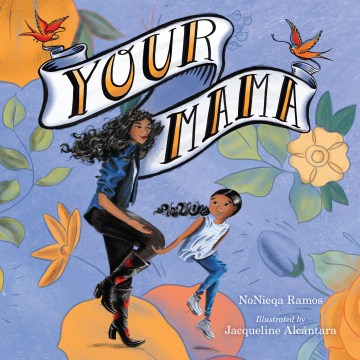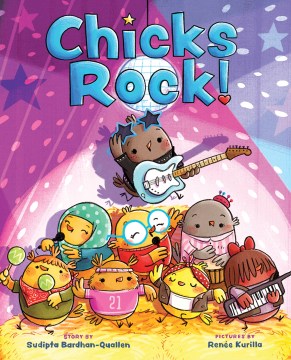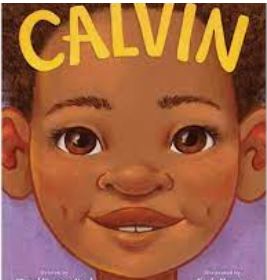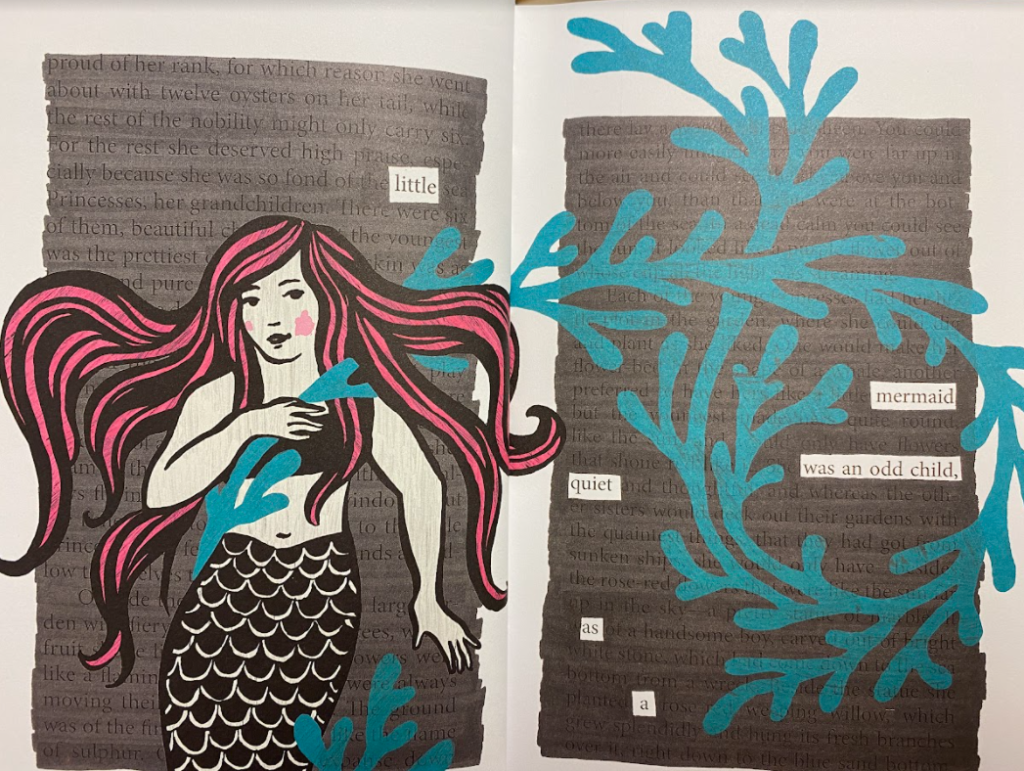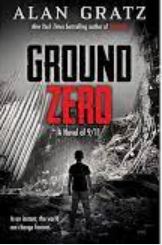A book reminiscent of the old “Your mama so…” sayings, but with some very surprising and positive twists. Told in rhyming text, this picture book looks at a mama that can do and be anything. She dresses beautifully, is a brainiac and fights injustice. She is as strong as a Marine and so funny. Yet, she can sometimes be “cray-cray”. But, that’s ok, because she wouldn’t have it any other way”.
Colors are vibrant and most characters are people of color. The universal theme of love and joy shared by a mother and child are celebrated in exuberant text and illustrations. My only caveat is the use of “your mama” over and over. Will young children understand that it’s a twist on a tired, old joke? I’m not sure. The illustrations are contemporary as is much of the language. Perhaps, young readers will overlook the redundant use of that tired phrase.
